Solid State Disk Drives (SSD) have become increasingly popular in workstations over the last few years due to the lower cost of acquiring the equipment. I believe upgrading to an SSD disk is one of the best ways to introduce new life and performance into an old PC.
With this technology also comes new headaches. Last week one of the partners at my day job brought his personal Del 7040 into the office that would not boot Windows 10. It would just sit and spin endlessly and never get to the login prompt. My first thought was to simply do a clean install of Windows 10, but as many desktop users he said he didn’t have a backup and all his family photos were stored on the drive.
My next thought was to pull the drive from the workstation and use a SATA to USB docking station and dump the data to another computer and restore it later. To my surprise the drive did not have a SATA interface it looked more like a stick of gum. So off to research the different types of SSD drives, and there are a number of different kinds and different adapters to connect them to your computer.
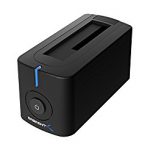 SATA TO USB CONVERTER
SATA TO USB CONVERTER
– This is one of the first tools any IT professional or hobbyist should have in his toolbox. Take any SATA drive (standard spinning disk or SSD) and drop it in this docking station and poof your hard drive is connected via a USB cable. Most of these units support USB 3.0 so the performance is very good. Take that old or malfunctioning hard drive out of your computer and retrieve your data. Various models sell for around $25.00 on Amazon
Now that we have a way to cable our drives to a USB port, lets talk about the different types of SSD drives that are available.
SATA SSD DRIVE – The fist and most common SSD drive is a standard SATA drive. These are direct replacements for your old fashion hard disk drive and will fit most laptops and PC’s. They are normally 2.5″ form factor but can be adapted to 3.5″ to fit any standard PC. If a drive of this type suffers a software failure, simply remove it from the PC or laptop and place it in the USB docking station (above). If your working with a Windows PC the drive should show up with a letter and the data would be accessible. Then just copy what you need! If your older workstation or laptop needs a boost I highly recommend this 525 GB SSD drive by Crucial. I added one to my Dell E6550 and it works great!
mSATA 2.5 (NGFF) –
The next type of SSD drive is know as mini-SATA which is 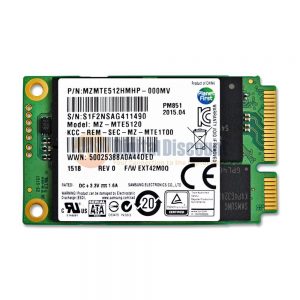 part of a group of drives collectively know as NGFF (Next generation form factor) mSATA can support data transfer rates of 1.5 GB/s and 3.0 Gb/s they can be found in many ultra-portable laptops like the Google Chrome Books. What happens when something goes wrong with them? As you can see from the photo the interface is not compatible with your standard SATA
part of a group of drives collectively know as NGFF (Next generation form factor) mSATA can support data transfer rates of 1.5 GB/s and 3.0 Gb/s they can be found in many ultra-portable laptops like the Google Chrome Books. What happens when something goes wrong with them? As you can see from the photo the interface is not compatible with your standard SATA 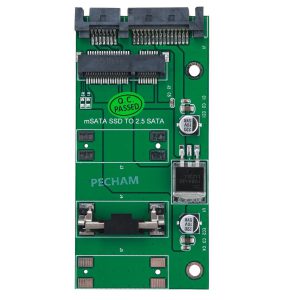 connector or USB for that matter. Typically an inexpensive adapter card is used. (see image left) Just plug you mSATA drive into the adapter board then plug that into your SATA docking station and you can easily access all that data from your PC. The board to the left is about $10.00 on at Amazon. The mSATA standard is gone now, but you may encounter one in an older laptop that will not boot and its nice to know you can pull it out and cable it to a PC for data recovery.
connector or USB for that matter. Typically an inexpensive adapter card is used. (see image left) Just plug you mSATA drive into the adapter board then plug that into your SATA docking station and you can easily access all that data from your PC. The board to the left is about $10.00 on at Amazon. The mSATA standard is gone now, but you may encounter one in an older laptop that will not boot and its nice to know you can pull it out and cable it to a PC for data recovery.
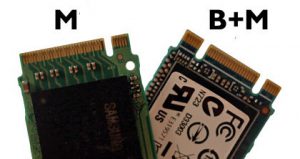 M.2 SSD M-Key or B+M Key – This drive standard is faster and has a different form factor than the drives above. Just a quick background, the “B” key dr
M.2 SSD M-Key or B+M Key – This drive standard is faster and has a different form factor than the drives above. Just a quick background, the “B” key dr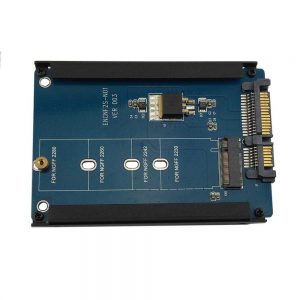 ive can use 2x PCI Express lanes to move data while the “M” key is faster using up to 4x PCI Express lanes. However both style drives can fall back to the SATA standard and can be inserted into an adapter card to make them SATA compatible. These drives can be found in both PC workstations and many laptops that support SSD disks. They also come in various lengths based on the amount storage support by the drive. The adapter card to the left supports multiple lengths and both the B+M type drives. It sells for around $17.00 at Amazon.
ive can use 2x PCI Express lanes to move data while the “M” key is faster using up to 4x PCI Express lanes. However both style drives can fall back to the SATA standard and can be inserted into an adapter card to make them SATA compatible. These drives can be found in both PC workstations and many laptops that support SSD disks. They also come in various lengths based on the amount storage support by the drive. The adapter card to the left supports multiple lengths and both the B+M type drives. It sells for around $17.00 at Amazon.
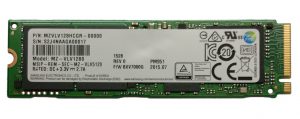 M.2 NVMe PCI Express – We have finally reached the race car of SSD drives. These drives have better performance than anything we have seen so far on the market. The drives take advantage of the PCI express bus. This was the drive that was in the computer brought to my office for repair. Here is where things got tricky. Since NVMe drives use the PCIe bus ONLY there is no simple adapter to convert the drive back to SATA and use our dock. The adapter for this drive must use the PCIe bus to gain access to
M.2 NVMe PCI Express – We have finally reached the race car of SSD drives. These drives have better performance than anything we have seen so far on the market. The drives take advantage of the PCI express bus. This was the drive that was in the computer brought to my office for repair. Here is where things got tricky. Since NVMe drives use the PCIe bus ONLY there is no simple adapter to convert the drive back to SATA and use our dock. The adapter for this drive must use the PCIe bus to gain access to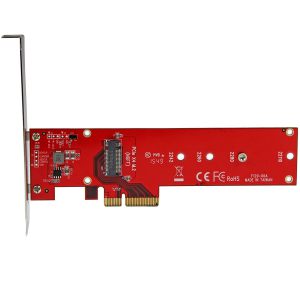 the data. I was able to find an adapter on Amazon that did the trick. Plug the drive into the card, pop the card into a workstation that has an open PCIe slot and the data was easily recovered. Something to note, the PCI card would not work on a Windows 7 workstation without an additional driver, however Windows 10 had native support. I purchased my card from Amazon for about $25.00
the data. I was able to find an adapter on Amazon that did the trick. Plug the drive into the card, pop the card into a workstation that has an open PCIe slot and the data was easily recovered. Something to note, the PCI card would not work on a Windows 7 workstation without an additional driver, however Windows 10 had native support. I purchased my card from Amazon for about $25.00
SUMMARY –
If you want to fill your IT toolbox with great adapters that will allow to pull corrupt or broken drives out of laptops and workstation and connect them to working computers for data recovery you need to pick up these adapters
- SATA to USB 3.0 drive docking station $25.00
- mSATA 2.5 to SATA adapter (then use the above docking station) $10.00
- M.2 M key or B+M key to SATA adapter (then use above docking station) $17.00
- M.2 NVMe PCIe drive to PCI Express adapter (then install in a working PC’s PCI slot) $25.00
For under $100 you will be ready to attempt data recovery on any type of SSD drive that walks through the door.
Thank you for reading this post!
-Joe
Don’t forget to visit my Etsy store
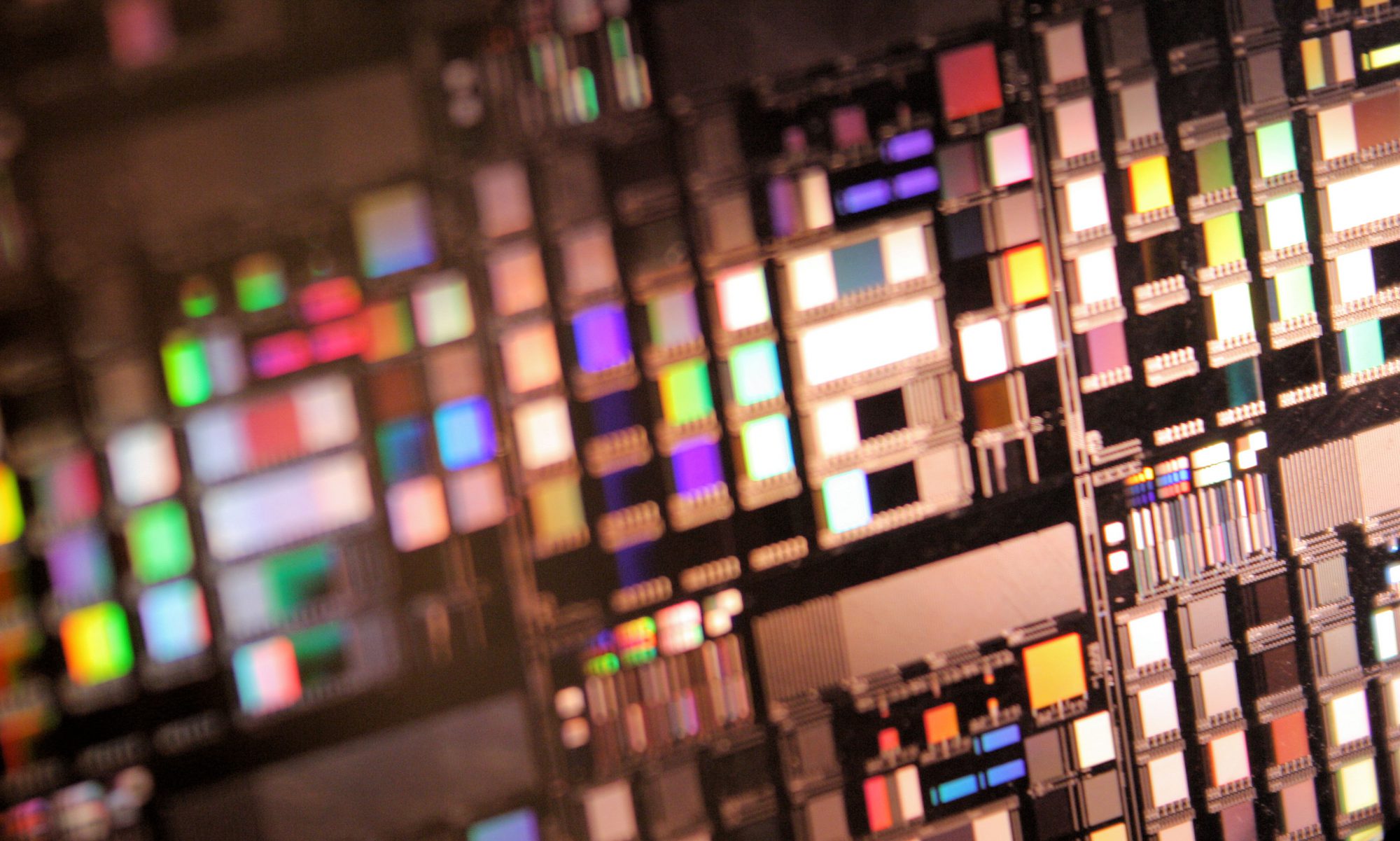
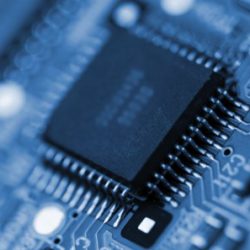
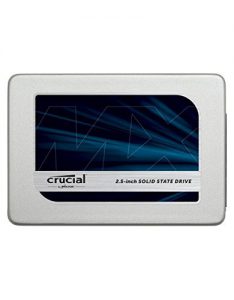
One Reply to “My Solid State Drive (SSD) Is Broken! Now what?”